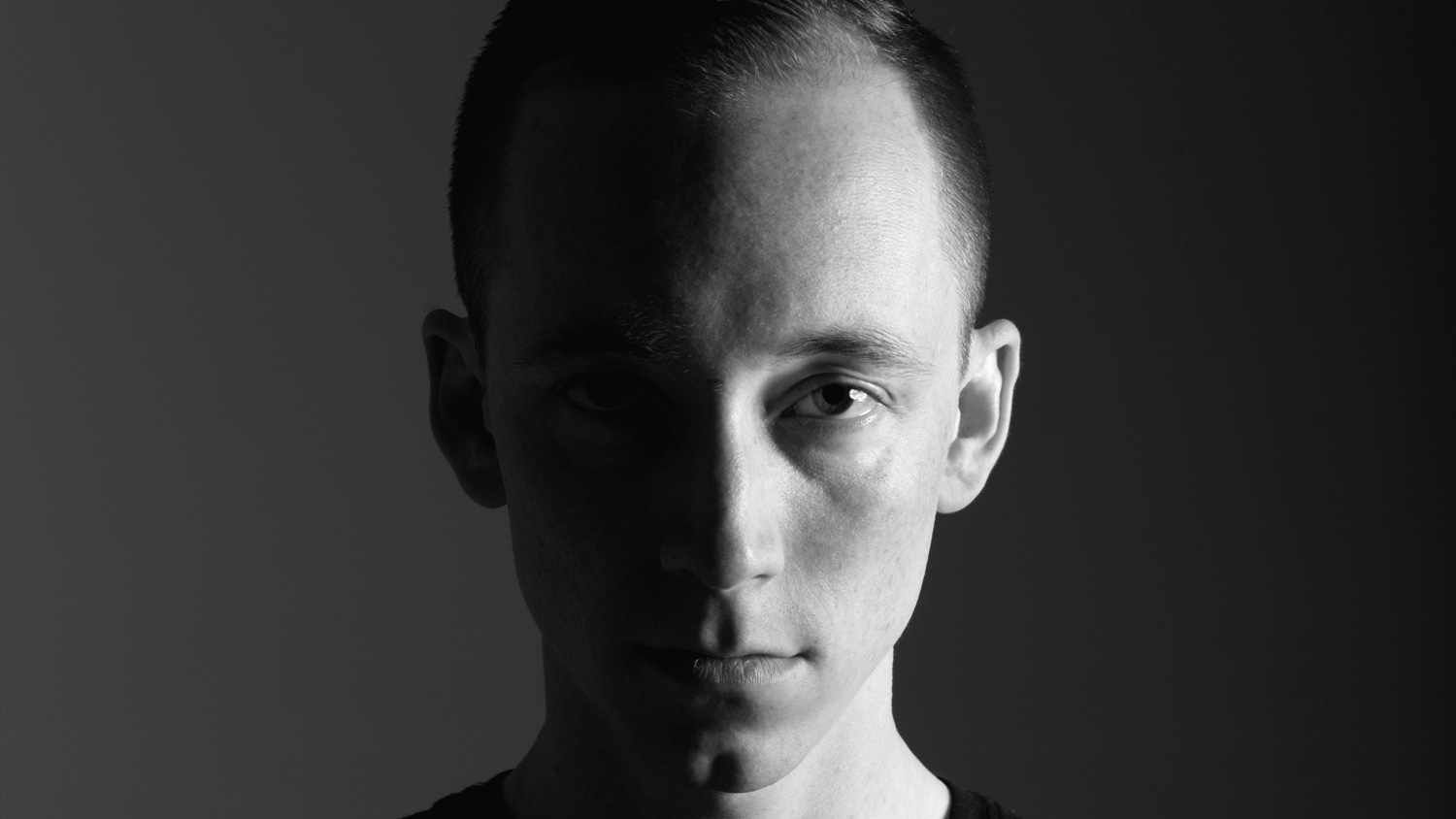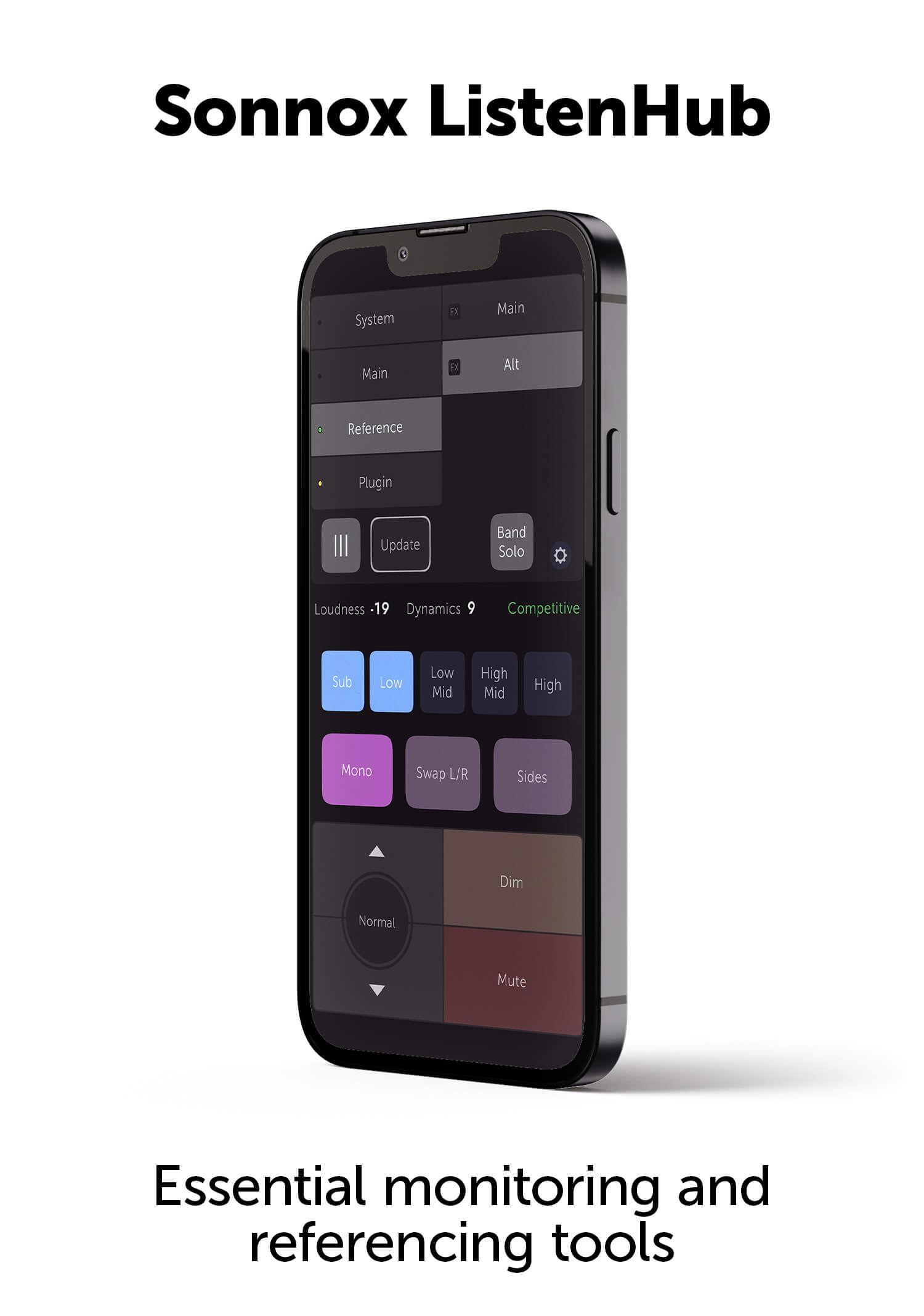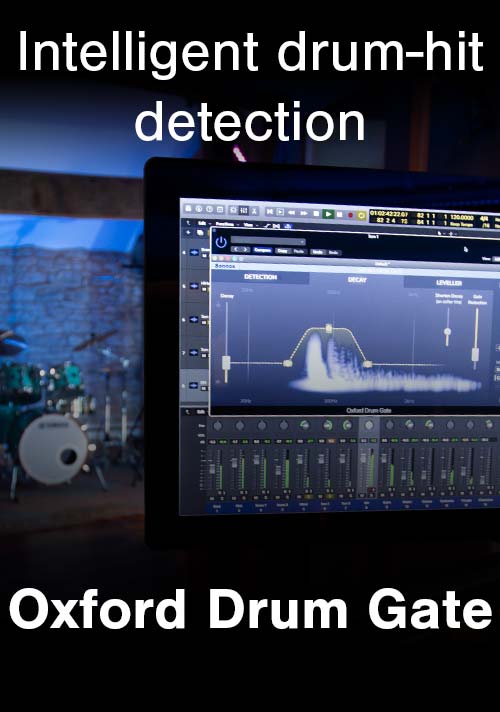Michael Peter Olsen
“I guess if I could ever say I had a style of production it could be described as combining the highly believable and realistic with the completely trippy and fantastical,” and with that erudite description, Michael Olsen provides a window on to what makes his work special.
Combining an engineer’s appreciation for pristine audio, a classical musician’s ear for impeccable performance and a producer’s desire for the highest levels of creativity and originality, Michael Olsen occupies a unique space in contemporary music production. Doubtless this reflects his unlikely career path starting with playing cello with his local youth orchestra, via the fertile Toronto indie-rock scene at the turn of the Millennium (including a stint with the Arcade Fire) and his present focus on film and TV composition.
Yet he still makes time to drop cello parts into some of the most future-forward music currently being created. Olsen’s unique skillset attracted the attention of Toronto’s current brightest light, Drake, and his much-lauded producer Noah ‘40’ Shebib in 2016, culminating in a Grammy-nomination earlier this year.
Olsen often likes to combine a love of ‘programming synths, crazy effects and all manner of audio trickery,’ and then, as we go on to discover, refining and enhancing those exotic sounds with Sonnox Plug-Ins.

What are you working on at the moment?
I’m currently scoring an independent feature film - it’s a horror movie about a killer vacuum cleaner called "Clean" which will hopefully debut later this year.
I’m also about to start scoring an animated TV series, Dr Suess ‘The Cat in the Hat knows a lot about that’ with my frequent writing partner Ben Fox.
On top of all that, I’m composing and recording a weird electric cello solo record, writing a new album of material for my band Our Founders, and mixing a couple of records.
How do you generally use Sonnox Plug-Ins in your projects?
I use the Oxford Limiter (True Peak Limiter Plugin) for a variety of things. Taming a buss mix with a touch of the Enhancer or sometimes extreme limiting and enhancing weird noises. I find radically reducing dynamics on reverbs and effect sends can create some delightfully strange sounds.
If you want to hear the Limiter at work, I scored a teaser for a show called ‘Sleepless’ as well as writing and producing the end theme song. It also features the Inflator which has some booty!
I also love the SuprEsser for de-essing groups of vocalists at the same time - it excels at that. I’ve used it to tame bright plucked acoustic instruments as well. Being able to attenuate parts of the high end in such a specific way while leaving the rest alone is very useful.
Recently I’ve been digging into the Envolution too and it’s super cool. I’m still finding things out about it every time I drop it into a session. I used it to completely twist a snare drum sound the other day to make it stretch out which worked out really well.
What appeals to you about Sonnox Plug-Ins?
Sonnox Plug-Ins, though relatively easy to use, still retain the kind of advanced features that a real professional engineer would like to have. It makes them very usable, regardless of your experience. They’ve also forced me to learn some new things to figure out how to properly use them!
For example, the optional curve types on the Oxford EQ were something I had to learn about. At the time I started producing, there wasn't really an EQ that offered that. The GML option is awesome too - I love that hardware.
I tend to use the Type 3 (proportional-Q) curve on strings, particularly on my own cello tones. Otherwise, I’ll reach for the Type 4 for general master bus EQ. Occasionally, I've used the Type 2 one to cut problem frequencies with acoustic guitars and drums.
Can you tell us about working with Drake?
It was great. I went into 40's Studio (SOTA) in Toronto for about five days February 2016 and laid parts in on a bunch of tunes. Then 40 took all my parts and arrangements and reshaped them into what eventually made it onto ‘Views’. At that point, they were down to the wire for the release and working round the clock, so it was like being dropped into a rushing river - I went with the flow. It was long days but really fun - great people to work with, very relaxed, professional and the studio was dope!
Do you have any advice for aspiring film and TV composers?
Remember that even though film has amazing opportunities to be creative and expressive as a composer and sound designer you are always part of a bigger project - it’s bigger than you. It’s all about serving the picture. So a spirit of collaboration and the emotional control required to not get married to any particular idea really helps. Very often you have to throw it away and start over. The payoff is that, when it's working, the marriage of music and picture is an incredibly powerful thing - you get addicted to it.




